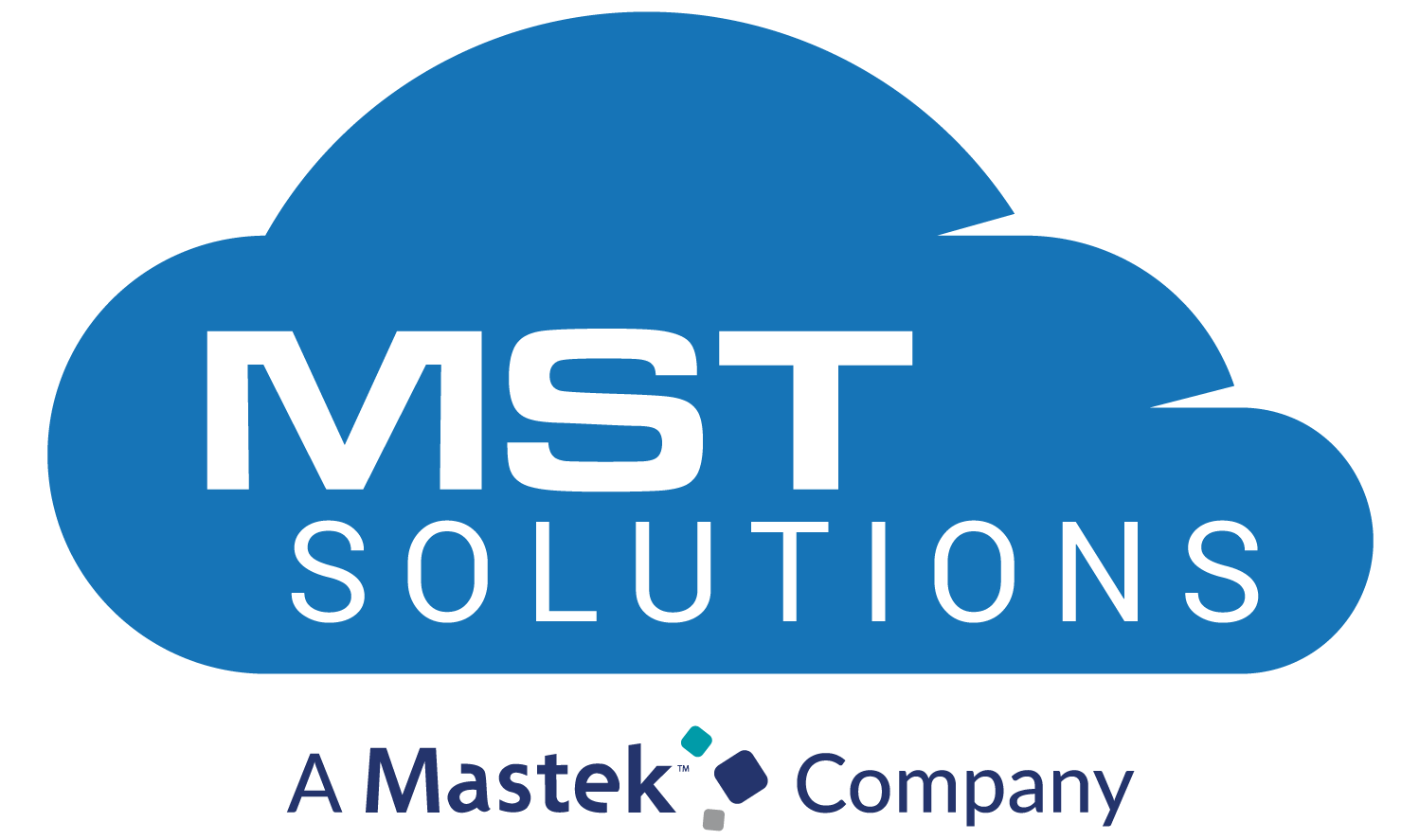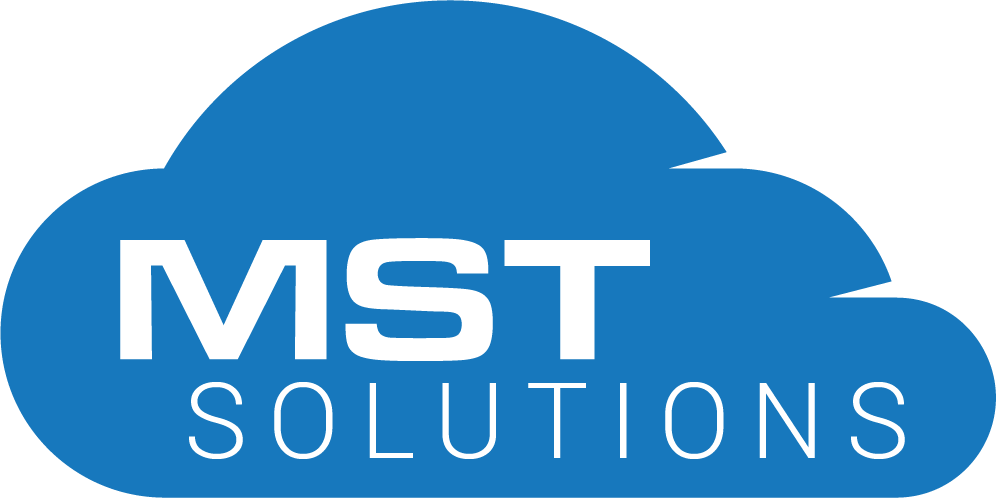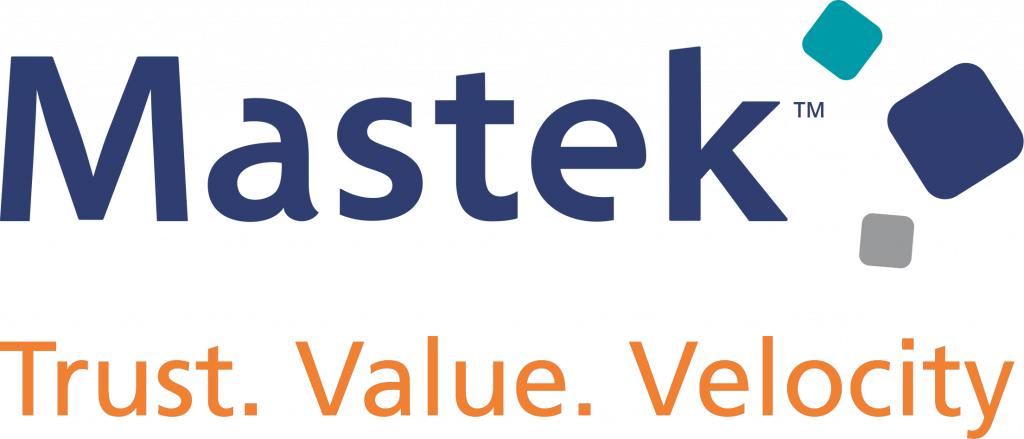Modernizing legacy state government tools and technology is an uphill struggle, given the cost and the reticence of key administrators, but failing to update systems prevents workers’ compensation agencies from keeping pace with changes and meeting the needs of their constituencies.
COVID-19
COVID-19 has upended nearly every aspect of life, including workers’ compensation. Under Department of Labor (DoL) guidance, federal workers who contract COVID in the performance of their duties are entitled to workers’ compensation in accordance with the Federal Employees’ Compensation Act, and employees of private companies in certain states may also be eligible.
Though traditionally, claims for infectious disease could be covered under workers’ compensation if there was an increased risk due to employment along with documentation of exposure and a diagnosis to back up the claim, it wasn’t designed to cover a global pandemic. Still, tens of thousands of COVID-19 claims have been processed nationally under this standard, and now many states are instituting presumptions that COVID-19 is work related in certain occupations.
This means state workers’ compensation agencies must now incorporate an entirely new illness and an influx of new cases into their systems while operating with cumbersome technology incapable of making the quick changes needed when speed and efficiency are at a premium. What’s more, these new presumptions change one of the most fundamental tenets of worker’s compensation: The burden of proof. Responsibility is now on the employer to prove exposure did not occur in the workplace, which can be extremely difficult and cause more delays. At a time when countless people are relying upon workers’ compensation benefits to supplement lost income, delays and redundancies created by outdated technology can actually create more harm for those the agencies were created to help.
Telehealth
Recent improvements in communication and meeting technology and the need for social distancing have increased telehealth usage. While telehealth is now covered under many insurance plans, it has yet to be incorporated into the technology of many state workers’ compensation agencies. Given that telehealth can speed up the recovery process for injured workers by reducing the friction involved with doctor visits, it will be a tremendous benefit to worker’s compensation agencies as well.
One of the biggest barriers physicians see to implementing telehealth is the concern that they will see little to no reimbursement for those visits, according to the Telehealth Impact Physician Survey. Without assurance as to coverage and repayment, doctors may forego telehealth in favor of more traditional methods which, while still effective, may prolong the recovery process. State agencies can forestall these issues by incorporating telehealth and other new treatment methods into their systems, but older technology means the process is often slower and more inefficient than it should be.
Medical marijuana
Medical marijuana is now legal in 36 states and Washington, D.C. This growing legalization adds complexity to the claims process as agencies, insurers, and healthcare providers adjust to new guidelines and regulations surrounding the approved use of the drug for some pre-claim healthcare treatments as well as any recommended use of medical marijuana in post-claim treatment.
While the amounts and handling can vary by locality, the new legal status has forced many states to make significant changes to their own policies to accommodate changes to the law. As more changes occur in the legislative environment, agencies with outdated systems will struggle to react and adapt to handle changes quickly.
Remote Work
Over the past year, the pandemic forced a massive, ongoing experiment in remote work and the delivery of services in a virtual environment. Now, technology leaders across state and local government organizations are being asked to expand remote work strategies and delivery of services online over the long term.
For those that didn’t already have the infrastructure in place to support this, the shift presents some challenges. Many organizations are finding either their systems don’t support virtual teams and constituent support at all, employees have some virtual capabilities but are limited in what they can and can’t access to support constituents, or their systems are so dated that they no longer have access to the technical experts to make updates.
This is particularly challenging for a service sector that involves a wide range of groups and individuals working cross-functionally to process and manage workers’ compensation claims. Modernizing processes through a connected, cloud-based CRM and other custom applications provide the solutions needed in a time when departments and agencies are working remotely.
Beyond specific changes implemented in state and federal legislatures, agencies across the spectrum of services are being asked to do more with fewer resources as states face budget restraints. Given the limitations, it might seem holding off on implementing new technology is the better option, but taking a phased approach by prioritizing the transformation of the most critical processes can generate immediate returns without breaking the budget.
Not only can new, optimized technology reduce the time and worker hours required to process claims, but by improving and modernizing their technology, agencies can step back and evaluate their processes to see where inefficiency exists and how best to eliminate it as they shift to a faster, more efficient, and in the long term, less expensive way of serving their constituents.








